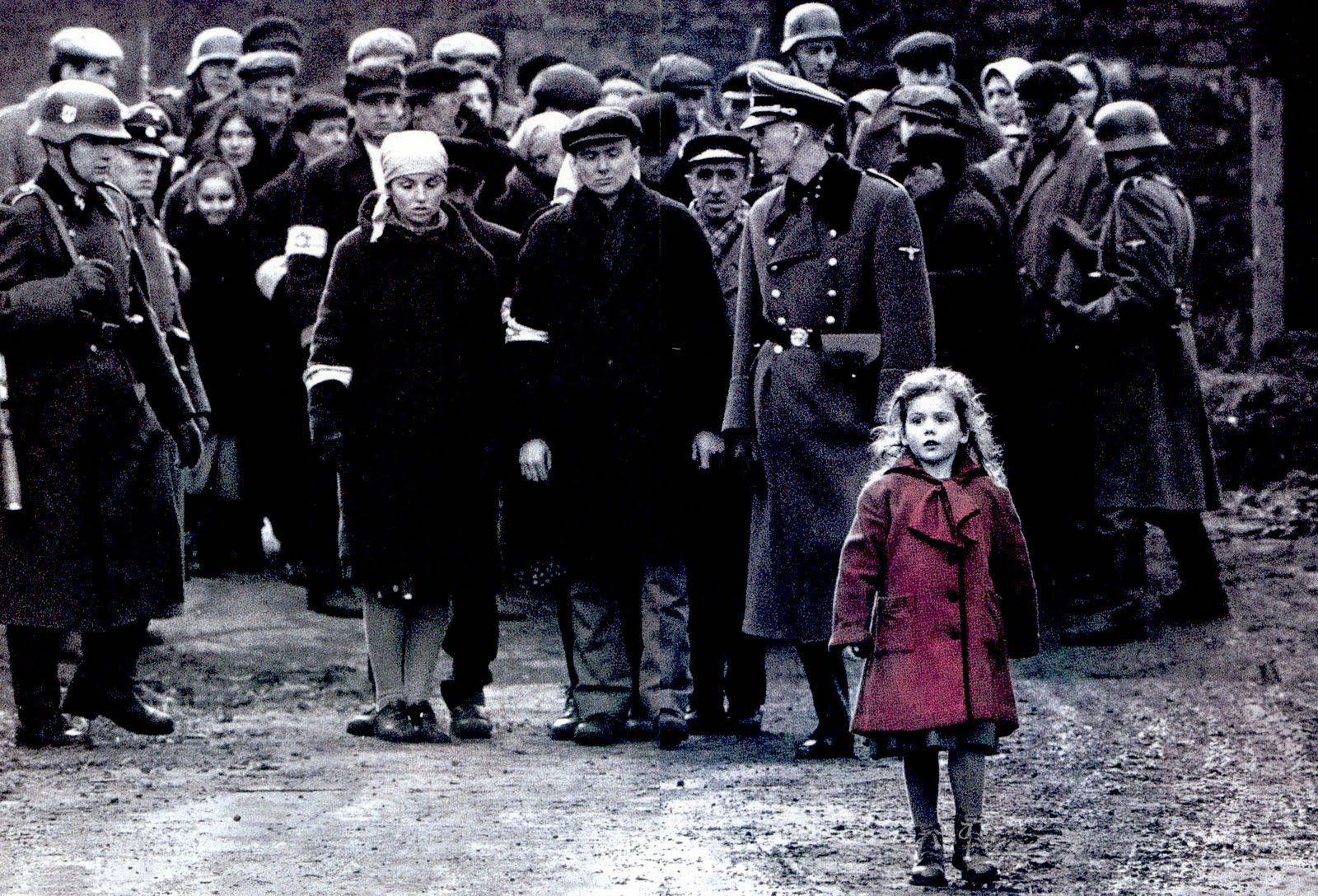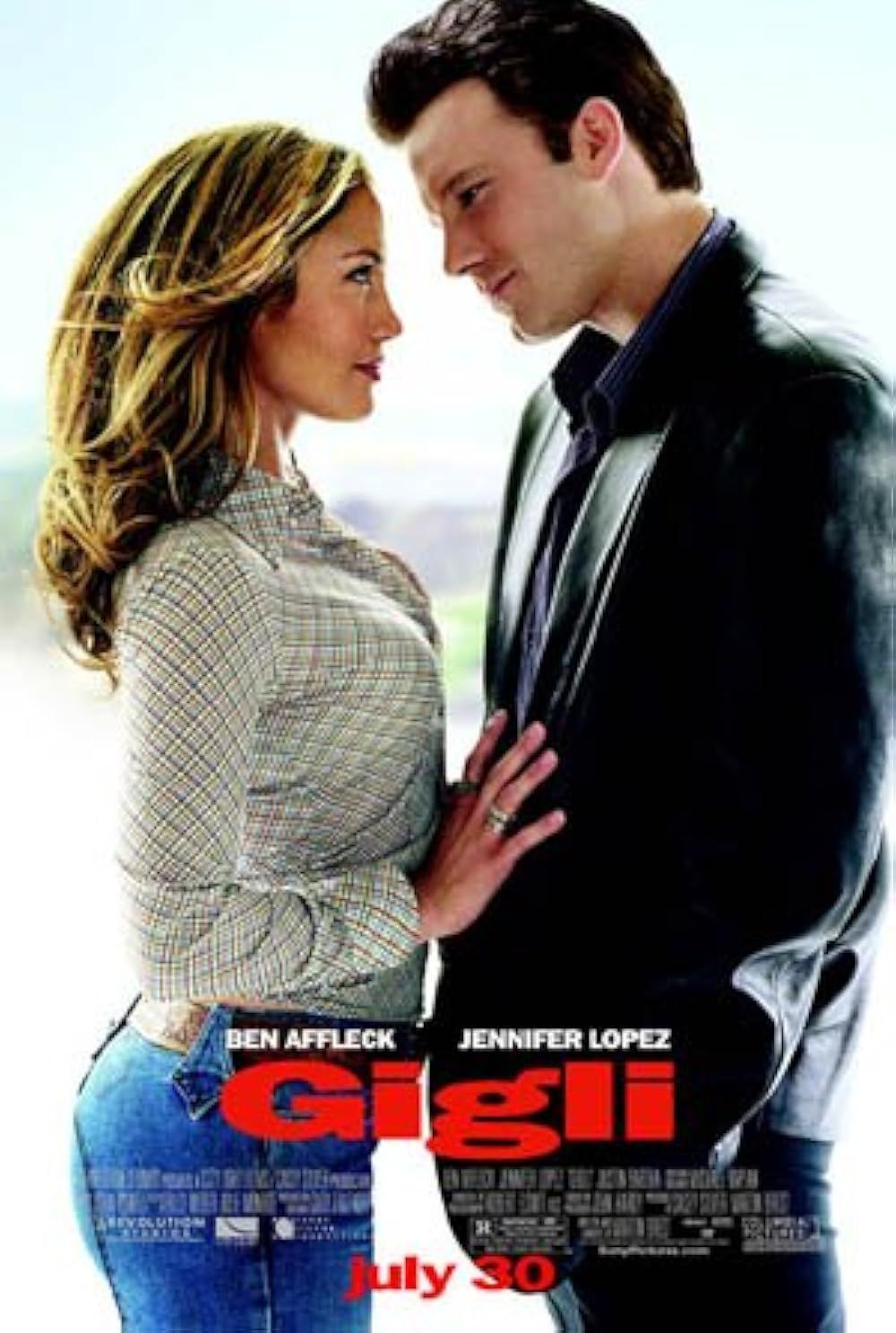
The 1980s were, without a doubt, a vibrant crucible for cinematic innovation, giving rise to what we now affectionately refer to as the “big boom” of the cult movie. This era, marked by the burgeoning home market of VHS tapes and the proliferation of cable television, fundamentally transformed how audiences interacted with film. No longer were movies confined to fleeting theatrical runs; they could be revisited, shared, and discussed endlessly, allowing niche films to slowly but surely carve out a permanent place in the popular consciousness. It’s hard to imagine the cinematic landscape without cornerstones like “Blade Runner,” “The Thing,” and “Scarface” today, yet these were not immediate box office triumphs; indeed, “Blade Runner” and “The Thing” were outright bombs upon their initial release, only to be elevated to their iconic status through fervent fandom and critical reappraisal over time.
This phenomenon gave birth to what truly defines a cult classic: a film that, “some distance from the mainstream,” inspires obsessive re-watching, relentless quoting, and a powerful sense of community among like-minded fans. The decade was a fertile ground for these sleeper hits, movies that initially flew under the radar or were misunderstood, only to find their true audience later. Yet, as we revisit these cherished films today, a critical lens reveals that some of the very elements that made them resonate in their time – from their humor to their portrayal of social dynamics – now spark considerable debate, reflecting how profoundly our societal norms and cultural sensitivities have evolved.
Join us as we embark on a journey through 15 iconic ’80s cult classics, dissecting their undeniable charm, their lasting cultural impact, and the ways in which they challenge contemporary viewers. From beloved teen comedies to groundbreaking thrillers, these films offer a fascinating snapshot of an era that was, in many ways, a world apart from today’s standards. We’ll explore why these movies continue to captivate, infuriate, and inspire new generations, inviting a nuanced conversation about their place in the ever-shifting landscape of pop culture.
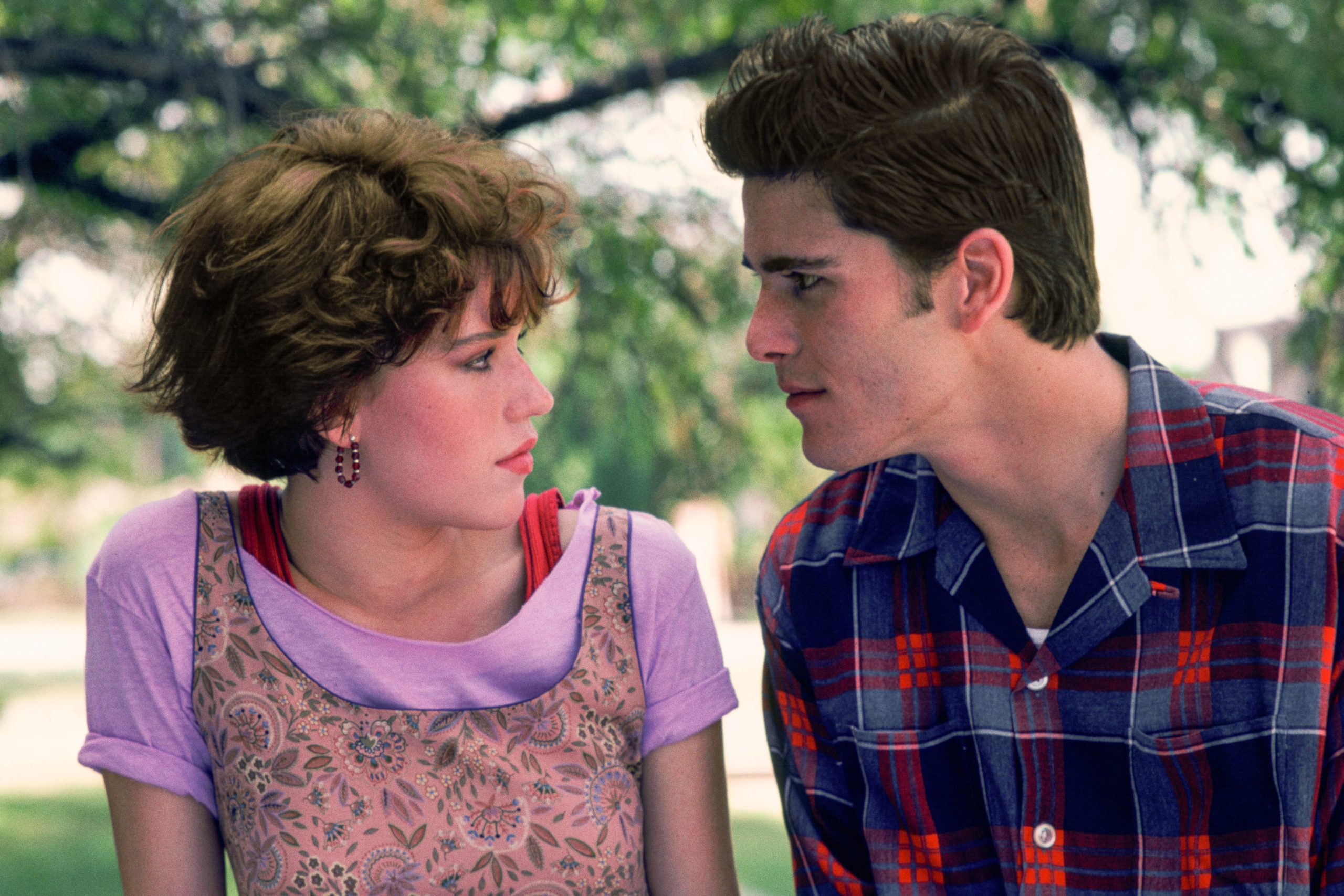
1. **Sixteen Candles (1984)**John Hughes’ “Sixteen Candles” burst onto screens in 1984, quickly establishing itself as a quintessential coming-of-age film that, for many, perfectly captured “the awkward essence of teenagehood.” Its narrative, centered around Samantha Baker’s forgotten sixteenth birthday, resonated deeply with young audiences navigating the universal anxieties and aspirations of high school life. The film’s blend of humor, romance, and relatable character dilemmas solidified its place as a beloved staple of the ’80s teen movie genre, often celebrated for its warmth and charm.
However, what was once broadly embraced as funny and endearing now faces significant criticism from modern audiences. Contemporary discussions frequently highlight “its portrayal of racial stereotypes and questionable consent,” particularly concerning the character of Long Duk Dong and certain plotlines involving Jake Ryan and Caroline. These elements, which were largely overlooked or accepted as comedic tropes during the film’s original release, are now seen as deeply problematic and insensitive, prompting a necessary re-evaluation of the film’s comedic foundations.
Indeed, “audiences today might find the humor dated and insensitive,” reflecting a considerable shift in social norms and ethical expectations over the past few decades. While the film’s depiction of high school life, despite its exaggerations, undeniably connected with the “universal teen experience” for many, it serves as a powerful reminder. It underscores the critical importance of engaging with media critically, understanding historical context, and fostering a contemporary culture of tolerance and respect that values inclusivity in storytelling.
Read more about: From Blockbusters to Bestsellers: Uncovering the Hidden Literary Talents of 15 Beloved Actors
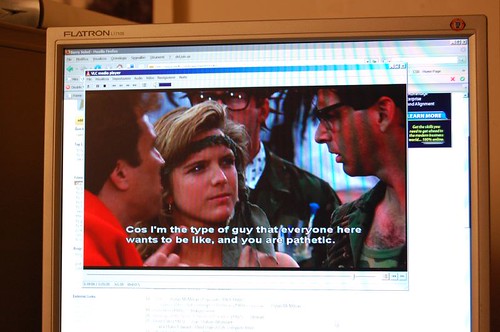
2. **Revenge of the Nerds (1984)**Released in the same year as “Sixteen Candles,” “Revenge of the Nerds” quickly became a touchstone comedy for a generation that felt marginalized. The film famously “championed the underdog,” presenting a narrative where a group of intellectually gifted but socially awkward students, “the nerds, once ridiculed, eventually triumph over their jock adversaries.” This premise, which tapped into a widespread desire for justice against schoolyard bullies, resonated powerfully, turning the film into a rallying cry for the ostracized and a box office success.
Despite its original comedic success and its enduring appeal as a story of triumph against adversity, “today’s audiences critique its casual approach to serious topics like ual harassment and voyeurism.” Specific scenes, once played for laughs, now provoke discomfort and outright condemnation. The film’s narrative includes instances that depict non-consensual acts and invasions of privacy in a humorous light, elements that are simply irreconcilable with modern understandings of consent and personal boundaries.
What “seemed humorous in the ’80s can be seen as problematic” now, illustrating a profound “lack of awareness of consent and privacy” that permeated certain aspects of popular culture at the time. The film’s legacy, therefore, serves as more than just a nostalgic trip; it functions as “a cultural artifact that showcases how humor and societal values have shifted,” compelling contemporary viewers to engage in “a dialogue about respect and boundaries” that is vital for media consumption today.
Read more about: Totally Tubular or Totally Taboo? 14 Wild ’80s Habits That Would Get You Side-Eyed Today!
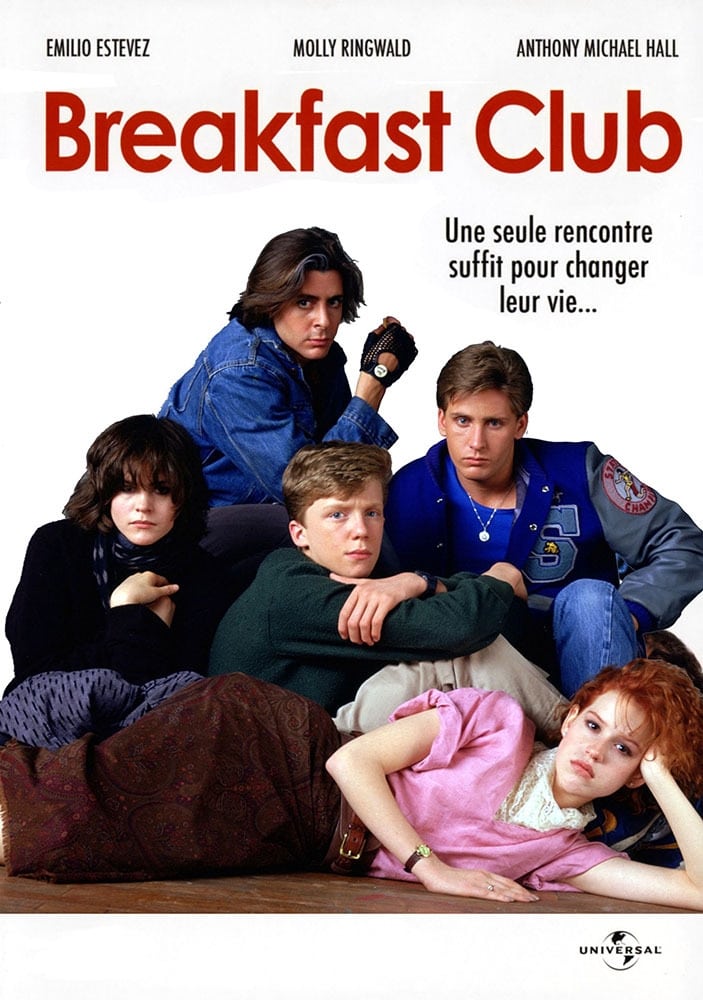
3. **The Breakfast Club (1985)**John Hughes continued his impressive run of era-defining teen films with 1985’s “The Breakfast Club,” a cinematic exploration of high school social strata that remains “a quintessential teen drama.” Bringing together a brain, an athlete, a basket case, a princess, and a criminal in Saturday detention, the film masterfully “explor[ed] diverse social cliques within a high school setting.” Its powerful dialogue and raw emotional honesty allowed audiences to peer beyond stereotypes, revealing the shared vulnerabilities beneath distinct social facades, cementing its iconic status.
However, the film, for all its lauded insights, also garners contemporary scrutiny. “Its portrayal of mental health issues and stereotypes invites controversy today,” as characters are often reduced to their archetypes and subjected to intense emotional pressure. Beyond that, “the film’s treatment of gender roles is at times questionable,” with characters like Allison and Claire being implicitly or explicitly pressured to conform to traditional feminine ideals, rather than celebrating their authentic selves.
Despite these challenges, “the film’s core message about understanding and unity transcends its era, reminding viewers of the importance of empathy.” Its enduring power lies in its ability to spark conversations about identity, belonging, and the facade of high school life. Yet, it remains crucial to “approach its storytelling critically, acknowledging its impact on cultural discourse” and recognizing how elements that once seemed innocuous now serve as vital points for discussion on mental health representation and the perpetuation of gender stereotypes in media.
Read more about: Blast from the Past: Unearthing 13 ’80s Film Gems You Absolutely Need to See (But Nobody Ever Mentions!)
Read more about: Wild,Problematic: 18 80s Movie Classics Through a Modern Lens

4. **Dirty Dancing (1987)**”Dirty Dancing,” released in 1987, remains an enduring favorite, universally adored “for its music and romance” and the electrifying chemistry between “Patrick Swayze and Jennifer Grey.” The film’s iconic dance sequences, its timeless soundtrack, and its heartwarming narrative of a young woman’s awakening during a summer at a resort captivated audiences worldwide, making it a cultural touchstone that continues to be celebrated for its feel-good energy and passionate performances.
Yet, beneath the vibrant dance numbers and the burgeoning romance, “its treatment of social class and gender roles might raise eyebrows today.” The storyline, while focusing on Frances ‘Baby’ Houseman’s coming-of-age, is intricately “intertwined with themes of privilege and rebellion.” Baby, from a comfortable, educated background, navigates the world of the working-class entertainment staff, highlighting a clear class divide and the societal expectations placed upon both groups during the early 1960s setting.
Despite the film’s enduring appeal—with its “dance scenes and soundtrack remain[ing] iconic”—contemporary viewers are more likely to “scrutinize its underlying messages” regarding these social dynamics. It prompts a deeper look at how the film depicts power imbalances and the subtle reinforcement of gendered expectations. “It’s a reminder of how entertainment can reflect societal standards of its time, prompting reevaluation of cultural narratives” and inviting a dialogue on class consciousness and evolving gender roles within seemingly simple romantic plots.
Read more about: Prince: A Retrospective on the American Musician’s Monumental Life and Career
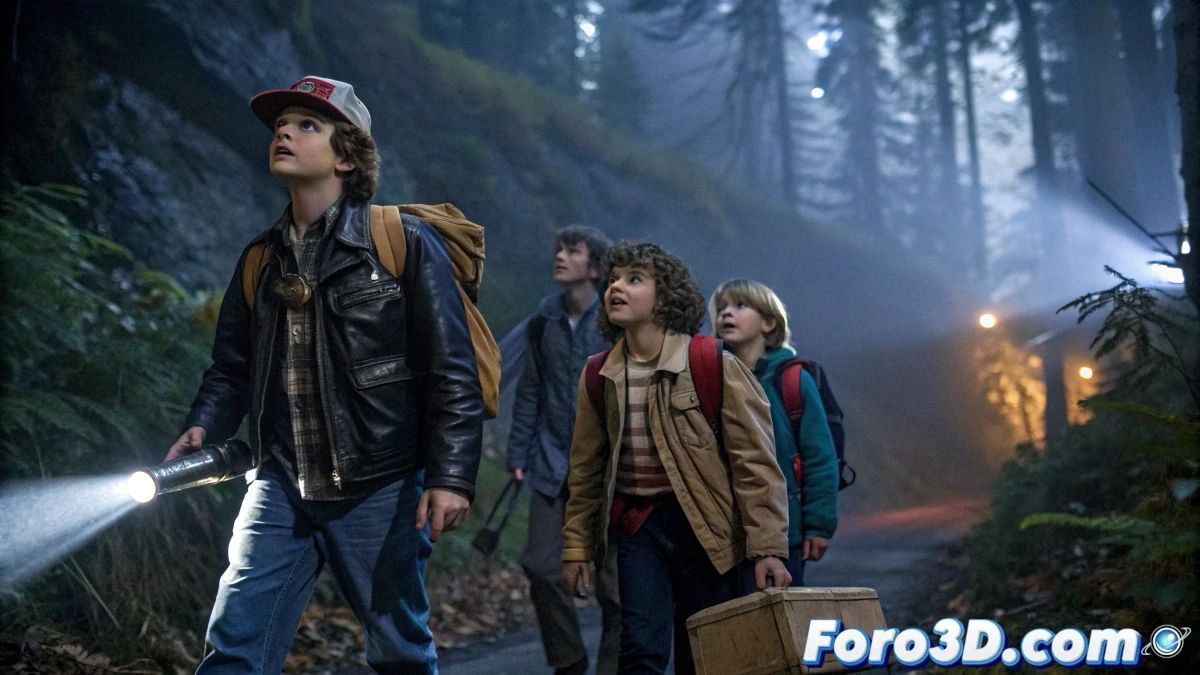
5. **The Goonies (1985)**”The Goonies,” an adventure film from 1985, holds a cherished place in the hearts of many, particularly those who grew up watching its thrilling escapades. It’s truly “a beloved adventure film that captures the imagination of young audiences with its treasure-hunting escapades.” The story of a group of misfit kids on a quest for pirate treasure resonated with themes of friendship, courage, and the pure thrill of youthful adventure, making it an undeniable classic that continues to inspire nostalgia and wonder across generations.
However, as with many films of its era, revisiting “The Goonies” today brings to light certain aspects that now feel out of step with current sensibilities. “Its portrayal of certain characters and situations might not align with today’s cultural sensitivities.” Specifically, some viewers find moments that are “view[ed] as insensitive or outdated in their handling of race and gender,” particularly in how certain characters, like Data or Stef, are depicted or made fun of within the group dynamics. The casual humor of the 1980s often included elements that would be deemed inappropriate today.
Nevertheless, the film’s core strengths, such as “the camaraderie and youthful courage it portrays,” continue to inspire audiences. Yet, it simultaneously serves “as a touchstone for discussions on media representation and inclusivity.” While its adventurous spirit remains infectious, the critical re-evaluation of its more problematic elements encourages a vital conversation about how popular culture shapes perceptions and the ongoing evolution of our understanding of diverse representation and respectful storytelling in children’s media.
The initial wave of ’80s cult classics certainly offered a fascinating glimpse into an era undergoing significant cultural shifts, but the landscape of films that continue to resonate and challenge us today stretches even further. Moving beyond the direct critiques of social norms, we delve now into those groundbreaking narratives and singular cinematic visions that, through their sheer audacity or unique perspective, continue to shape our cultural discourse and offer viewing experiences unlike any other. These are the films whose legacies are not just about nostalgia, but about their enduring power to provoke thought and inspire discussion, proving that the ’80s was a decade of ceaseless innovation, even at its fringes.
Read more about: Beyond Basic: 10 Rad ’80s Movies Only the Cool Kids Still Rave About (Seriously, Rewatch These Classics!)

6. **Akira (1988)**In 1988, Japanese animation gifted the world with “Akira,” a cyberpunk masterpiece that was nothing short of revolutionary. Set in a dystopian 2019 Neo-Tokyo, the film plunges viewers into a world grappling with the aftermath of a catastrophic explosion and the burgeoning psychic powers of a youth gang member named Tetsuo. Its premise, which involved the Japanese government dropping an atomic bomb on Tokyo after ESP experiments, was provocative and visionary, immediately setting a tone of intense social commentary and high-stakes sci-fi action.
“Akira” is undeniably a groundbreaking narrative, primarily due to its phenomenal animation and sheer kinetic energy that, as critics noted, “helped set the standard for modern anime.” It wasn’t just a film; it was an experience, pushing the boundaries of what animation could achieve both visually and thematically. Its strikingly bloody and violent sequences, combined with complex philosophical undertones about power, corruption, and evolution, created a mature and unflinching science fiction epic that transcended its genre.
The enduring legacy of “Akira” is monumental, shaping global perceptions of anime and influencing countless filmmakers, artists, and storytellers across different mediums. Its intricate world-building and unforgettable imagery continue to inspire new generations, solidifying its status not just as an ’80s cult classic, but as a foundational text in cyberpunk and modern animation. Today, viewers are still captivated by its audacious scope and its prescient commentary on societal unrest and technological advancement, confirming its permanent place in cultural discourse.
Read more about: Your Ultimate Must-Watch List: 12 Essential Movies That Will Absolutely Blow Your Mind (Seriously!)
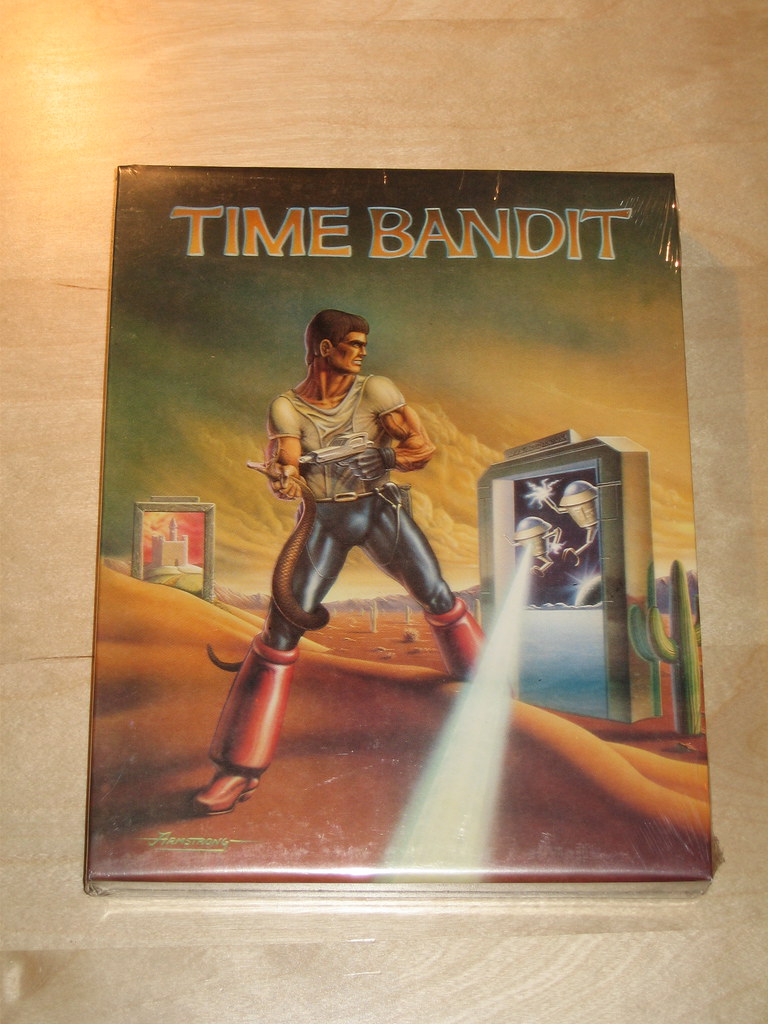
7. **Time Bandits (1981)**Terry Gilliam, a master of the fantastical and absurd, delivered “Time Bandits” in 1981, a whimsical yet thought-provoking adventure that captivated audiences with its boundless imagination. The film follows young Kevin, a history buff who discovers six dwarfs emerging from his closet, revealing themselves to be time-traveling thieves. This fantastical setup immediately establishes a “remarkable time-travel fantasy,” inviting viewers into a world where history and myth collide in the most unexpected ways.
“Time Bandits” is a groundbreaking narrative in how it marries Gilliam’s signature visual style with a truly original and often dark comedic sensibility. It doesn’t shy away from complex themes, blending innocence with malevolence, and epic historical figures with petty criminals, all against a backdrop of “fantastic set design and homemade special effects to create a vivid, original universe.” The film’s unique approach to storytelling and its ability to seamlessly weave together disparate elements is what sets it apart, making it a unique viewing experience that defies traditional genre constraints.
The enduring legacy of “Time Bandits” lies in its timeless appeal to dreamers and its capacity to inspire wonder, much like the best fairy tales. It continues to charm audiences with its blend of humor, adventure, and philosophical musings, often initiating discussions about imagination, destiny, and the nature of good versus evil. As a cornerstone of Gilliam’s filmography and a beloved cult classic, it demonstrates how a truly imaginative vision can transcend its era, remaining a vibrant part of cultural discourse for decades, celebrated for its creative bravery.
Read more about: A Cinematic Titan Remembered: Fans Pay Final Tribute to Sean Connery’s Unforgettable Film Legacy
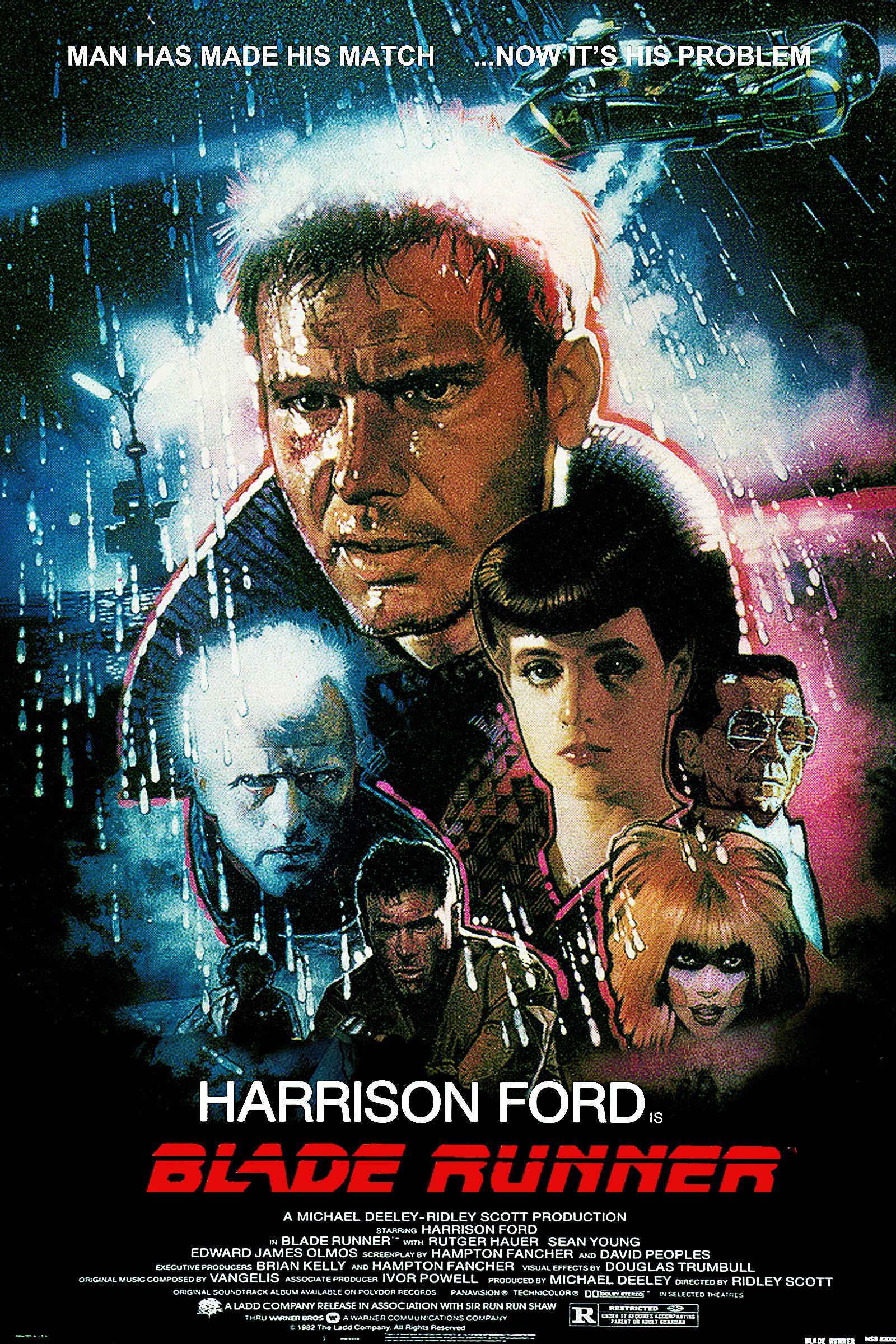
8. **Blade Runner (1982)**Ridley Scott’s 1982 magnum opus, “Blade Runner,” was initially “misunderstood when it first hit theaters,” yet its influence has deepened exponentially with time, transforming it into a definitive sci-fi masterpiece. This neo-noir vision of a dystopian Los Angeles, where Deckard, a “Replicant Hunter,” navigates the moral ambiguities of artificial life, was far ahead of its time. It dared to ask profound questions about humanity, memory, and existence, establishing itself as a visually remarkable and achingly human cinematic experience.
“Blade Runner” undeniably represents a groundbreaking narrative through its unparalleled world-building and philosophical depth. It created a dense, rain-slicked future that felt both alien and disturbingly familiar, setting a new benchmark for speculative fiction. The film’s deliberate pacing and layered storytelling, combined with its iconic visual design and Vangelis’s haunting score, crafted a “visually remarkable, achingly human sci-fi masterpiece” that profoundly influenced the cyberpunk genre and countless films that followed.
The enduring legacy of “Blade Runner” is vast, continuing to shape cultural discourse surrounding artificial intelligence, ethical considerations of technology, and the very definition of being human. Its lingering questions and ambiguous ending have fueled decades of fan theories and critical analysis, fostering a community of viewers dedicated to dissecting its every nuance. Today, it remains a touchstone for discussions on cinematic artistry, intellectual depth in science fiction, and how a film can achieve iconic status through persistent critical re-evaluation and a profound impact on popular culture.
Read more about: Beyond the Blockbusters: 14 Forgotten Sci-Fi Gems Every Fan Needs to Discover Now!

9. **Sid & Nancy (1986)**In 1986, Alex Cox directed “Sid & Nancy,” a visceral and often heartbreaking portrayal of the tumultuous relationship between Sex Pistols bassist Sid Vicious and his American girlfriend, Nancy Spungen. The film captured the raw energy and self-destructive spirit of the late 1970s punk rock scene, but at its core, it was recognized as “a surprisingly touching love story.” Gary Oldman’s transformation into Sid Vicious was particularly lauded, establishing his portrayal as “outstanding as the late punk rock icon.”
“Sid & Nancy” offers a groundbreaking narrative by plunging unflinchingly into the darker, more chaotic side of youth culture and romance. It portrays a love story defined by addiction, desperation, and a tragic inevitability, refusing to romanticize the squalor or the self-harm that often accompanied the punk movement’s rebellious ethos. This raw, “visceral, energetic, and often very sad” approach to biography provided a unique viewing experience, contrasting the fleeting euphoria of rebellion with its devastating human cost, distinguishing itself from more conventional biopics.
The enduring legacy of “Sid & Nancy” resides in its powerful, albeit controversial, depiction of one of punk’s most infamous couples. It continues to spark cultural discourse about the allure and dangers of subcultures, the nature of obsessive love, and the price of fame. For audiences today, the film serves as both a historical document of a pivotal musical era and a cautionary tale about the perils of addiction and toxic relationships. It remains a stark reminder of the intensity of youth and the complexities beneath the surface of cultural rebellion.
Read more about: Know the Legends? These 14 Scream Queens Were the Terrifying Rulers of Horror Across the Decades!
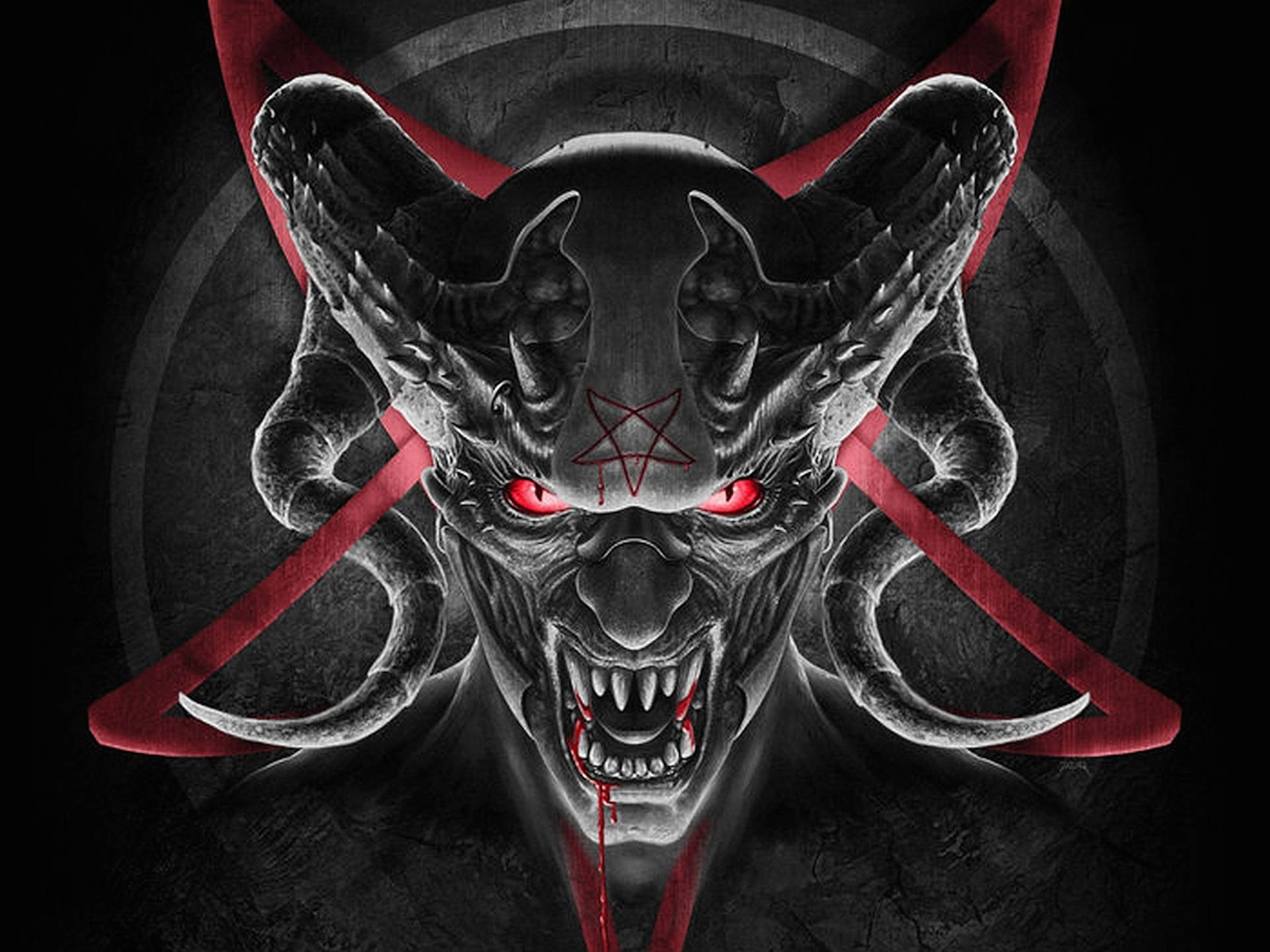
10. **Evil Dead II (1987)**Sam Raimi’s 1987 creation, “Evil Dead II,” is not merely a sequel but, as critics noted, “less a continuation than an outright reimagining” of the original cult horror film. Starring Bruce Campbell as the iconic Ash Williams, the film skillfully blends extreme gore with slapstick comedy, catapulting it into a league of its own. It cemented its place as a horror-comedy trailblazer by transforming its “horror tale into a comedy of terrors — and arguably even improves on the original formula.”
This film is a groundbreaking narrative for its masterful fusion of horror and slapstick, creating a “comedy of terrors” that redefined what a genre film could be. Raimi’s kinetic camerawork, over-the-top practical effects, and Campbell’s exaggerated performance crafted a unique viewing experience that was both terrifying and uproariously funny. It pushed the boundaries of comedic violence and established a distinct stylistic template that would be widely emulated but rarely matched, showcasing innovative storytelling within a seemingly simple cabin-in-the-woods setup.
The enduring legacy of “Evil Dead II” is profound, solidifying Ash Williams as a quintessential cult hero and influencing countless horror-comedies that followed. Its creative approach to extreme violence and the catharsis found in grotesque humor continues to shape cultural discourse around genre bending and the playful subversion of horror tropes. Today, it remains a beloved classic, cherished for its relentless energy and innovative spirit, constantly reminding audiences that even the darkest narratives can offer a wildly entertaining and uniquely satisfying cinematic ride.
Read more about: If You Don’t Hate These 15 ’80s Movie Villains, You Might Just Be an Antagonist – And We’re Here For It!
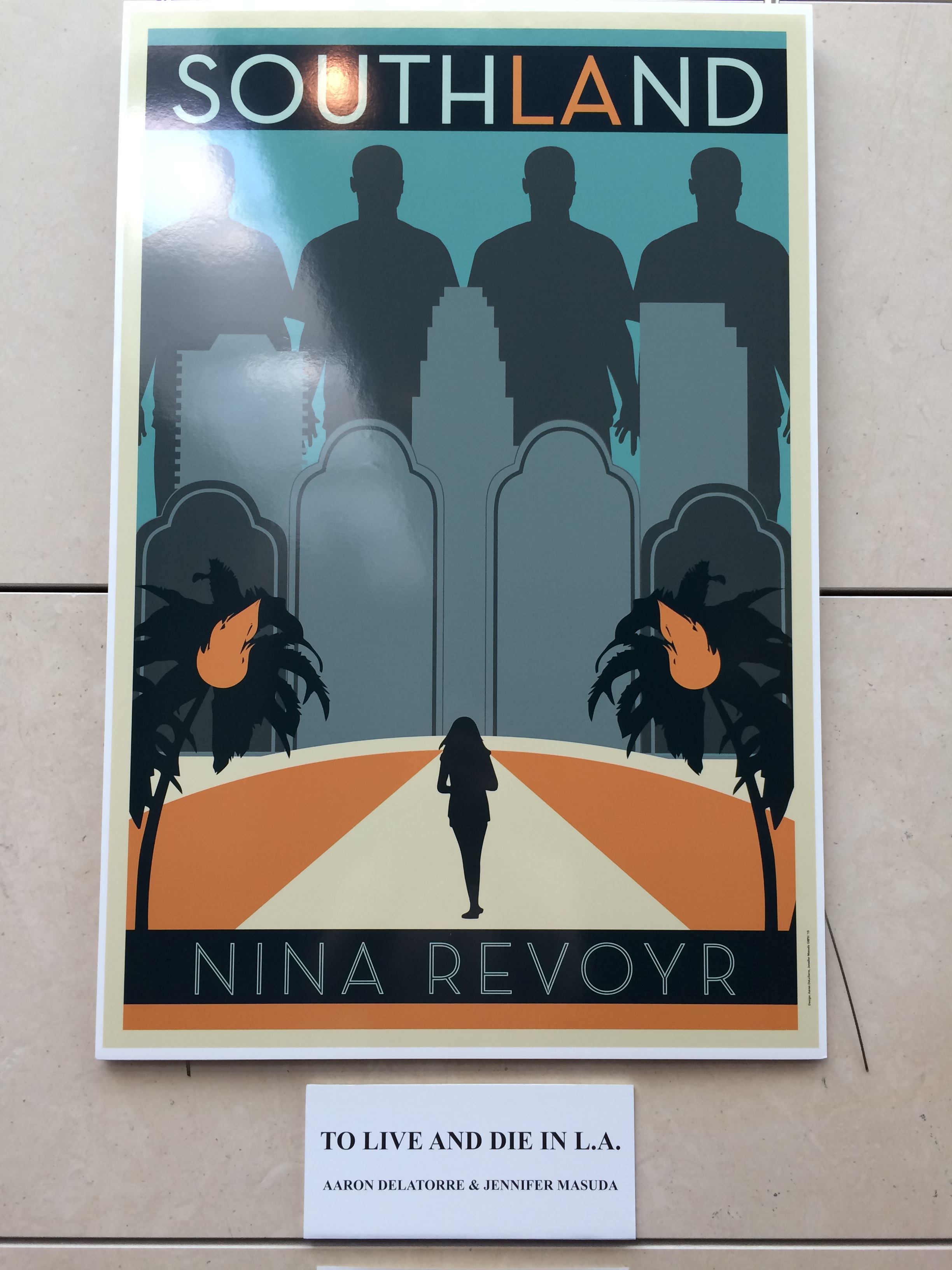
11. **To Live and Die in L.A. (1985)**William Friedkin’s 1985 neo-noir crime thriller, “To Live and Die in L.A.,” is a gritty, high-octane spectacle that plunges viewers into the seedy underbelly of Los Angeles. With its “coke fiends, car chases, and Wang Chung galore,” it became, for many, “perhaps the ultimate ’80s action/thriller,” defined by its relentless pace and morally ambiguous characters. The film follows reckless Secret Service agent Richard Chance as he vows revenge for his partner’s death, leading him down an increasingly dark and dangerous path.
“To Live and Die in L.A.” stands out as a groundbreaking narrative due to its stark, uncompromising realism and its subversive take on the traditional cop thriller. Friedkin, known for his ability to craft intense action sequences, managed to top even his famous “French Connection” car chase with a pulse-pounding, unforgettable pursuit through the city. The film’s bleak outlook, its unflinching portrayal of criminality, and its willingness to depict its protagonists as deeply flawed, if not outright corrupt, provided a unique viewing experience that challenged conventional Hollywood heroism.
The enduring legacy of “To Live and Die in L.A.” is its reputation as a dark, stylish, and utterly compelling piece of ’80s cinema that still holds up today. It continues to shape cultural discourse about the complexities of law enforcement, the blurring lines between good and evil, and the destructive allure of vengeance. For contemporary audiences, it offers a raw and visceral escape into a world where moral certainties are dissolved, solidifying its status as a cult classic that remains as relevant and unsettling now as it was upon its release.
Read more about: Blast from the Past: Unearthing 13 ’80s Film Gems You Absolutely Need to See (But Nobody Ever Mentions!)
The 1980s, as this journey through its cinematic offerings profoundly illustrates, was far more than just big hair and synthesizers. It was a crucible for daring filmmakers and visionary storytellers who, whether intentionally or not, crafted narratives that continue to challenge, entertain, and provoke discussion. From quirky comedies that dared to be different to animated epics that redefined a medium, these films solidified their status as cult classics by daring to exist “some distance from the mainstream.” Their controversies and their genius alike ensure their enduring relevance, reminding us that the best cinema doesn’t just entertain; it fosters dialogue, challenges perceptions, and leaves an indelible mark on our collective consciousness, inviting us to revisit them with fresh eyes, time and time again.


